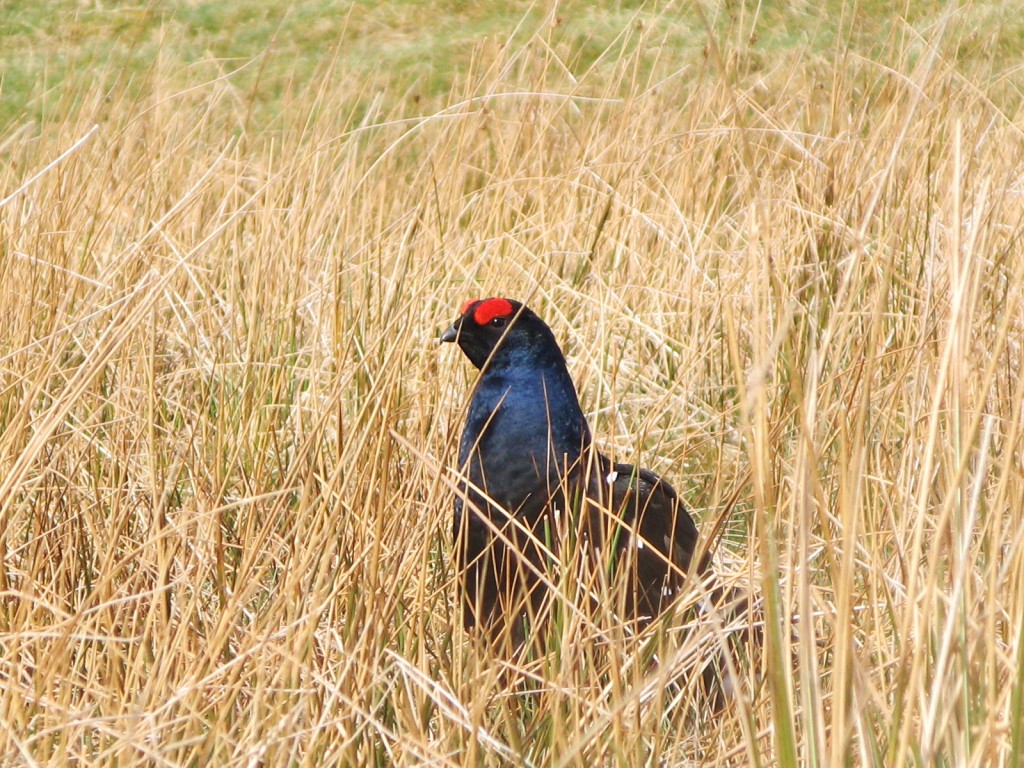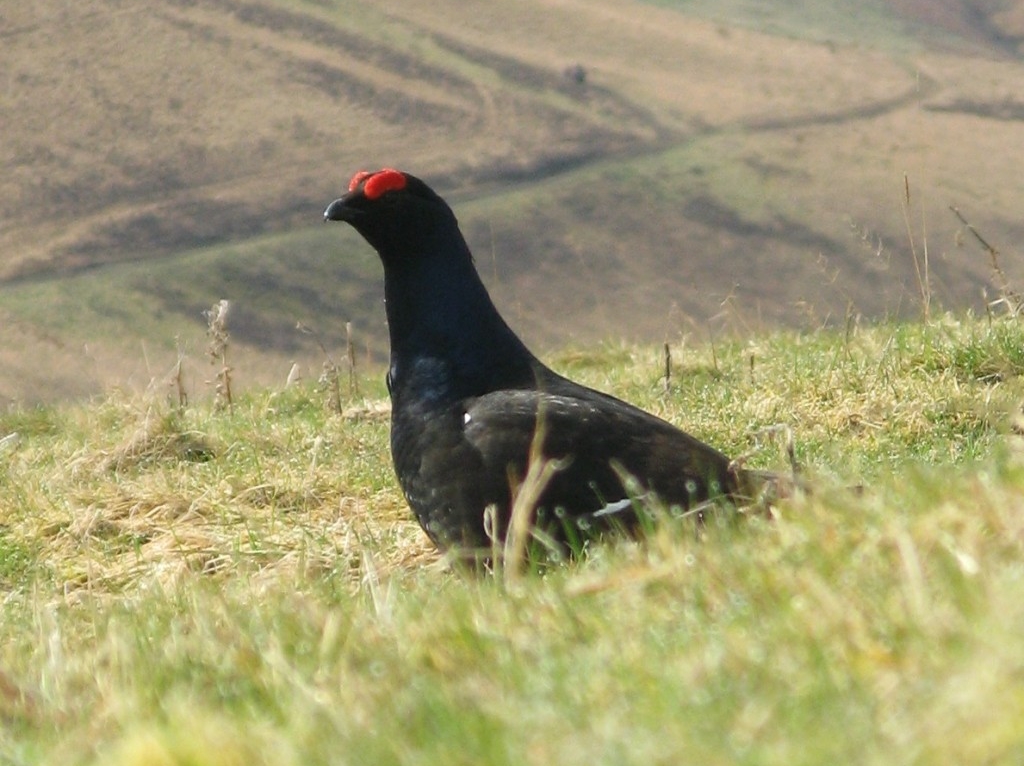I have tried to get a recording of a black grouse lek a few times this year with varying degrees of success. A friend told me about a lek in Dumfries and Galloway and I spent three mornings recording and only managed to get some very distant recordings. I did however get some nice recordings of snipe and curlew so the trips weren't completely in vain. Then around a week ago another friend told me about a different spot that sounded very promising so I decided to check it out. I arrived at about 5 am and sat in my car waiting. I had decided not to bring my mics as I always find it useful to check out the location first and plan how to record in it before bringing along my kit. I also didn't have permission from the landowner yet so I just watched with my binoculars. At around 5.30am I started to hear the characteristic calls of lekking male black grouse. They sound a bit like a combination pigeons cooing and someone letting air out of a tyre and make some pretty funny sounds. There were around 4 leks going on in the valley and the main lek had around 10 displaying males so I decided to come back with my kit in the next few days. Three days later the weather forecast predicted wind speed of 3mph at 6am so I decided to come down the night before to setup. I contacted to landowner and arrived in the evening to setup a hide. This consisted of a small green tent covered in camo netting with some grass weaved in to try and make it blend in as much as possible. A little bit ramshackle, but it did the job!
I set my mics up on 70m of cable, buried the first 10m and covered the mic in scrim. I thought it would be best to record in stereo to try and get some of the interaction of the group so I used my mkh 30/ mkh40 mid-side rig. The only problem was the sound from a small river at the bottom of the valley but I decided I could live with that as it was reasonably distant.
It was a beautiful starry night but was bloody freezing so I didn't get much sleep. I woke around 4am and recorded from 4.30am till 8am. Sadly everything past around 7am was covered in the sounds of planes, cars and quad bikes which was very frustrating but some of the stuff from before then was quite nice. Below is a short clip of one of the recordings and some more pictures I took from the hide.
Below is a recording of a nice interaction between two males. Sadly I had to low cut it at around 100Hz to remove wind noise but its still nice to listen to.















